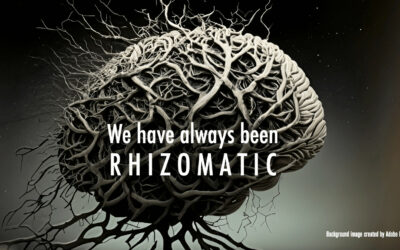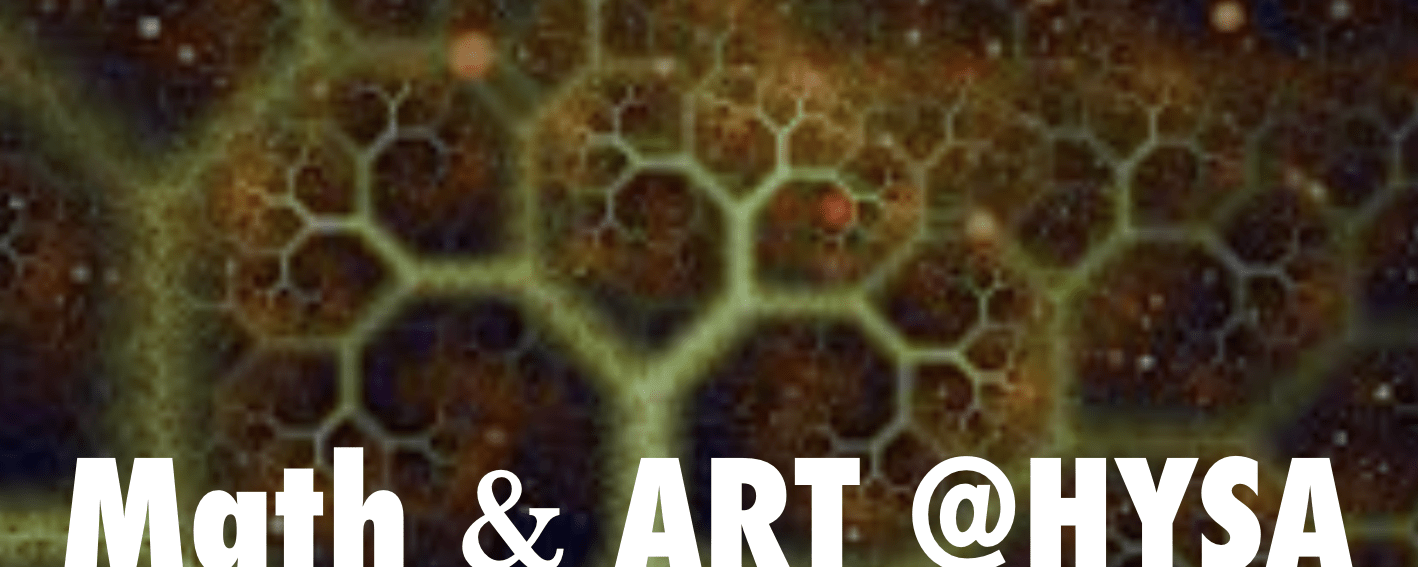Education is always about leadership and leadership has always been about tensions—navigating through them and seeking to find the right balance between them. Leaders often feel a tug from individuals with conflicting interests or needs, with ideas that often tug in different directions. Often these tensions are conceptual and abstract. Have you ever wondered how could you represent these tensions in a visual way? What would that look like? We, in the MAET program, set out to find a way to illustrate these conflicting viewpoints.
During the summer MAET courses, students in East Lansing, Michigan and Rouen, France completed a leadership tensions photography activity. Using the cognitive tools of patterning (recognizing, identifying and creating patterns) and embodied thinking (kinesthetic thinking or empathizing), students considered the tensions between seemingly contradictory ideas in education. Following a small group discussion, the class used patterning to identify common themes and issues, creating a list of tensions that exist in educational leadership. Each individual then chose one of those tensions and took photographs that visually depicted the tension, using a digital camera and editing software (often freely available software like Pixlr) to combine two or more images into one. Through the utilization of embodied thinking, students adopted a concept of educational tensions and rendered a physical/kinesthetic illustration of it, using movement, balance, and the body.
Students illustrated a multitude of tensions that leaders in today’s educational world face, including online versus traditional learning, tradition versus innovation, competition versus collaboration, and support versus resistance. Below are a few examples of student work.
This was an incredibly engaging project, that integrated the key ideas (leadership tensions) that were to be covered, with technology (digital cameras and image editing tools) and the key cognitive tools (of patterning and embodied thinking) in an open-ended and fun way. This is what we call TPACK in action!
If you are interested in exploring more examples of this project, please visit the following links.








0 Comments